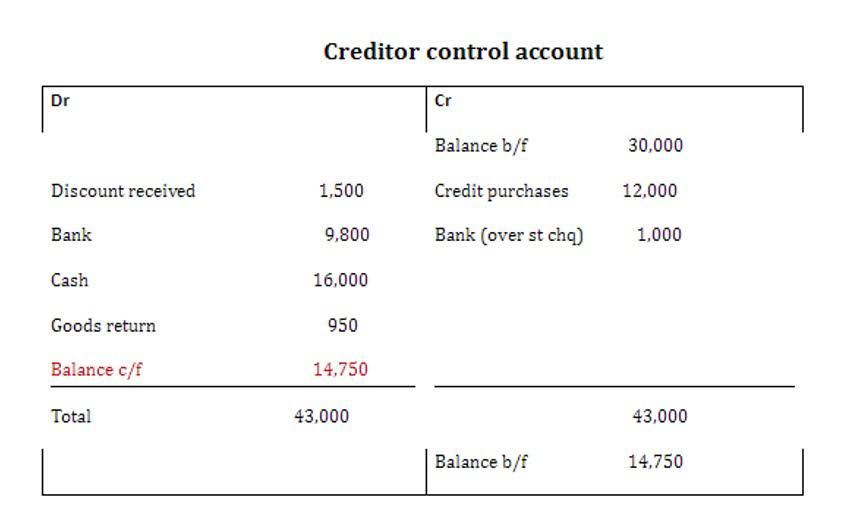
Withdrawals occur when business owners take funds out of the business for personal use in sole proprietorships and partnerships. Both withdrawals and dividends reduce equity, reflecting the distribution of earnings to Accounts Receivable Outsourcing stakeholders rather than reinvestment in the business. For managers, owners, and potential investors, the expanded equation provides valuable insights. It allows stakeholders to analyze not just what a company owns and owes, but how its equity is growing or shrinking due to operations, owner investments, and distributions. This analytical capability helps evaluate profitability, efficiency, cost management, and sustainability. Understanding these relationships supports informed decision-making.

Time Value of Money
The purchase of a corporation’s own stock will never result in an amount to be reported on the income statement. Therefore, there is no transaction involving the income statement for the two-day period of December 1 through December 2. Since ASI has not yet earned any revenues nor incurred any expenses, there are no amounts to be reported on an income statement. The remaining parts of this Explanation will illustrate similar transactions and their effect on the accounting equation when the company is a corporation instead of a sole proprietorship. Since ASC has not yet earned any revenues nor incurred any expenses, there are no amounts to be reported on an income statement. Accounts payable recognizes that the company owes money and has not paid.
- In the same fashion our examples section sets out typical double entry bookkeeping transactions and show how each transaction affects the accounting formula.
- Additionally on the other side is the funding for the asset in this case credit from a supplier (what the business owes).
- The basic accounting equation is used to provide a simple calculation of a company’s value, based on a comparison of equity and liabilities.
- If the net amount is a negative amount, it is referred to as a net loss.
- These operations can be found in accounting programs, meaning that accountants don’t have to do them manually anymore.
- The expanded equation helps us see impacts from reinvested earnings ($419,155), other income ($18,370), and treasury stock ($225,674).
- Reflecting transactions within the expanded accounting equation requires understanding their impact on financial statements.
What is the Expanded Accounting Equation?
Swift Wealth AI swift-wealth-ai.net delivers efficient automation for stable financial growth
The expanded accounting equation offers a more detailed and insightful perspective into a company’s financial standing. While the basic equation provides a high-level summary, the expanded version reveals the underlying drivers of changes in owner’s equity. This deeper understanding helps assess a business’s operational performance and financial health. Conversely, Expenses decrease owner’s equity by reducing retained earnings. These represent decreases in assets or increases in liabilities from operations. The increases (credits) to common stock and revenues increase equity; whereas the increases (debits) to dividends and expenses decrease equity.
- Using the information provided, prepare Cromwell’s annual financial statements (omit the Statement of Cash Flows).
- The equation is also important as it helps accountants accurately determine the effect of a specific transaction with owners.
- Still, you’ll likely see this equation pop up time and time again.
- The section of the basic equation which contains both the assets and liabilities remains unchanged in the expanded equation.
- It is important to have more detailin this equity category to understand the effect on financialstatements from period to period.
- The equation remains in balance thanks to the double-entry accounting (or bookkeeping) system.
- The dividend could be paid with cash or be a distribution of more company stock to current shareholders.
The Expanded Accounting Equation
- Since the company has not yet provided theproduct or service, it cannot recognize the customer’s payment asrevenue, according to the revenue recognition principle.
- Using an expanded equation allows accountants and business owners to determine how net income (derived from revenue minus expenses) will impact overall equity.
- Equity trends, such as dividends paid or stock buybacks, reveal insights into a company’s capital management and shareholder value strategies.
- Whether you call it the accounting equation, the accounting formula, the balance sheet equation, the fundamental accounting equation, or the basic accounting equation, they all mean the same thing.
- Cash activities are a large part of any business, and the flow of cash in and out of the company is reported on the statement of cash flows.
The accounting equation also indicates that the company’s creditors had a claim of $7,120 and the stockholders had a residual claim of $10,080. Another component of shareholders’ equity is the business’s earnings. These retained earnings are what the business holds onto at the end of a period to reinvest in the business, after any distributions to ownership occur. Stated more technically, retained earnings are a business’s cumulative earnings since the creation of the business accounting equation expanded minus any dividends that it has declared or paid since its creation. Instead, they are a component of the shareholders’ equity account, placing it on the right side of the accounting equation.

Examples of Expanded Accounting Equation
The amounts in the general ledger accounts will be used to prepare the balance sheets and income statements. Revenues increase the equity portion of the expanded accounting equation by adding to retained earnings or owner’s capital. When a business earns revenue, assets such as cash or accounts receivable rise, while equity grows through higher net https://be-maintenance.com/2022/08/11/understanding-the-basics-of-church-accounting-a/ income. This direct link shows how operational success strengthens the overall financial position of the business. The assets in the standard accounting equation are the resources that a company has available for its use, such as cash, accounts receivable, fixed assets, and inventory. Thus, there are resources with offsetting claims against those resources, either from creditors or investors.

This expansion of the equity section allows a business to see the impact to equity from changes to revenues and expenses, and to owner investments and payouts. This may be difficult to understand where these changes have occurred without revenue recognised individually in this expanded equation. In a sole proprietorship, the balance sheet may be simple, but the expanded version of the accounting equation is still relevant. On the asset side of the equation, common examples of assets such as cash, machinery, accounts receivable, and inventory is listed. Obligations would include items such as accounts payable and notes payable. The owner’s capital would include all owner contributions to a business.

Breaking down the components of the accounting equation
Beginning retained earnings refers to the earnings that have been kept by the company at the beginning of the accounting period compared to the previous period. More precisely, a company uses assets to generate revenue; this is everything that the company owns. Liabilities and equity represent the means of acquiring and owning the assets. So, on the left-hand side of the equation (assets) you have everything the business owns and on the right-hand side of the equation you have everything the company owes. It has several limitations that should be considered when using it. This means that it does not consider the effects of inflation or interest rates.

For example, managing liabilities effectively, such as adhering to debt covenants, is critical to maintaining solvency and avoiding penalties. Interest rates and repayment terms can also influence cash flow and financial strategy, making liability oversight a priority for stakeholders. Explore the expanded accounting equation, its components, and how it provides a detailed view of financial transactions and equity changes. Losses result from the sale of an asset (other than inventory) for less than the amount shown on the company’s books. Since the loss is outside of the main activity of a business, it is reported as a nonoperating or other loss. The term losses is also used to report the writedown of asset amounts to amounts less than cost.